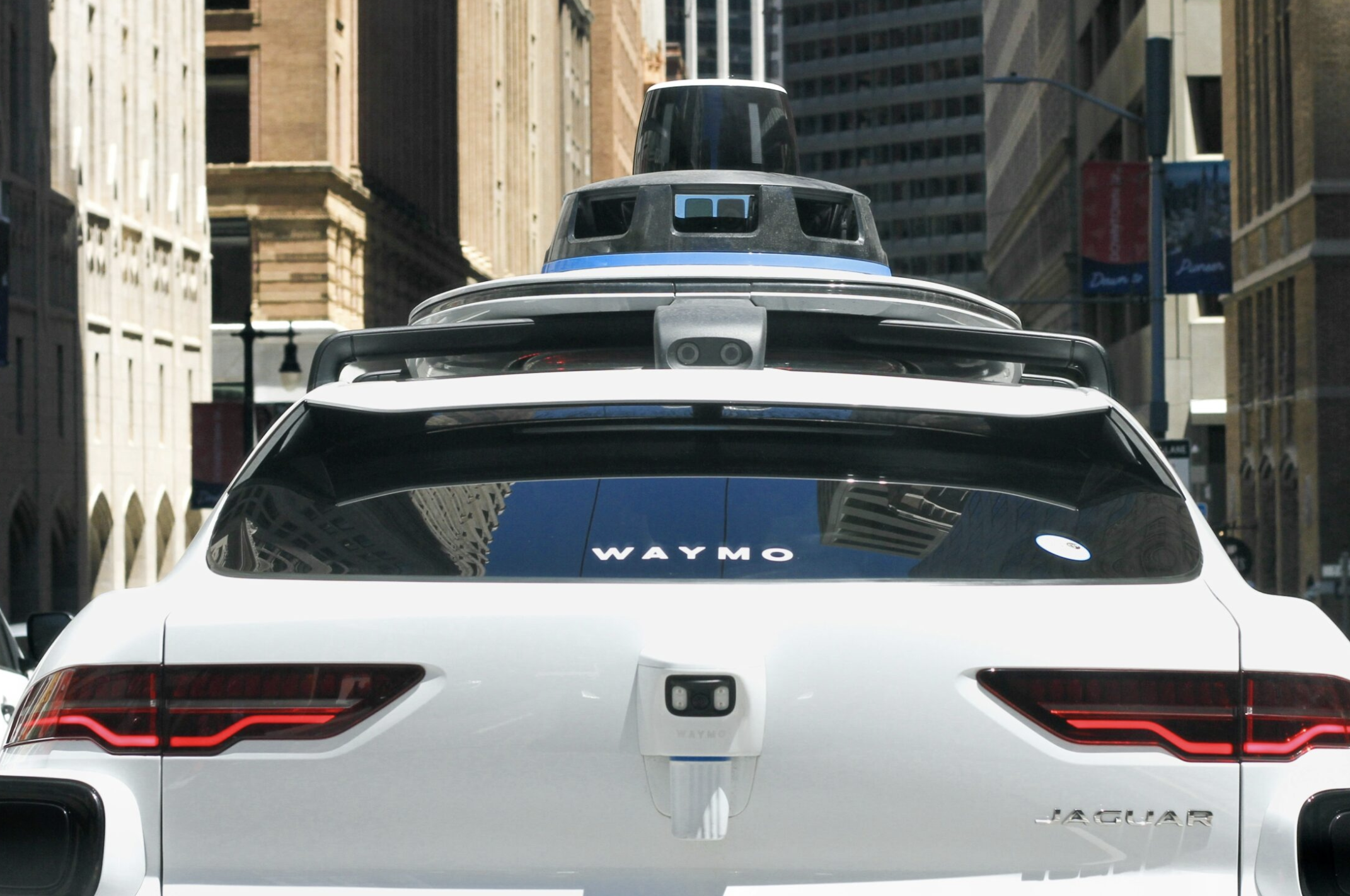How Autonomous Vehicles Navigate The World

Sensors, data and millisecond speed decision-making.
A self-driving car weaving through traffic might feel like science fiction brought to life. But behind the sleek exterior lies a network of sensors, algorithms, and real-time decision-making capable of processing vast amounts of data—often in just milliseconds. In this installment of Beyond the Wire, we’re exploring how autonomous vehicles “see” the world around them and the sophisticated technologies that empower them to drive without human intervention.
1. Sensing the Environment
Lidar (Light Detection and Ranging) How It Works: A laser rapidly fires pulses of light, measuring the time it takes for each pulse to bounce back. This creates a detailed 3D map of the surroundings.
Why It Matters: Lidar provides precise distance measurements, making it crucial for detecting obstacles, lane markings, and other vehicles.
Radar (Radio Detection and Ranging) How It Works: Emits radio waves, then analyzes returning signals to determine an object’s position and velocity.
Why It Matters: Unlike lidar, radar excels in poor visibility—rain, fog, or dust—making it a reliable backup or complement to other sensors.
Cameras How They Work: Multiple cameras capture visual data from different angles, feeding it into computer vision algorithms.
Why It Matters: Cameras recognize signs, traffic lights, pedestrians, and subtle cues—like brake lights or turn signals—that Lidar or Radar might overlook.
Ultrasonic Sensors How They Work: Emit high-frequency sound waves to detect nearby objects, typically in short ranges.
Why It Matters: Commonly used for parking maneuvers or tight situations where higher-resolution proximity sensing is needed.
2. Data Fusion: Combining Multiple Inputs
No single sensor can do it all. Sensor fusion merges data from Lidar, Radar, cameras, and GPS/IMU (Inertial Measurement Unit) to create a coherent, high-confidence picture of the vehicle’s surroundings. By reconciling discrepancies—for example, if a camera identifies an object but radar doesn’t—advanced algorithms can better determine what’s actually on the road and how to respond.
Why It Matters
Fusion reduces reliance on any single sensor, improving overall system robustness. If one sensor is blinded by weather or glare, the others can fill in the gaps.
3. The Role of AI and Machine Learning
Object Detection and Classification Neural Networks (like CNNs) sift through camera feed to spot and identify vehicles, pedestrians, cyclists, and more.
Why It Matters: Real-time classification of objects is crucial for safe maneuvering and avoiding collisions.
Trajectory Prediction Recurrent Neural Networks (RNNs) or transformers analyze motion patterns, predicting where each object will move next.
Why It Matters: The car must anticipate the path of nearby objects—especially in crowded or fast-moving traffic.
Decision-Making & Planning
Algorithms (like reinforcement learning or rule-based systems) decide how to accelerate, brake, or steer.
Why It Matters: Autonomy isn’t just about detecting obstacles—it’s about safely navigating dynamic environments with constant risk assessment.
4. Millisecond Speed Processing
Real-Time Compute: High-end GPUs and specialized chips (e.g., NVIDIA Drive, Tesla FSD computers, or Mobileye EyeQ) handle massive parallel workloads for sensor data and AI inference.
Latency Constraints: Delays of even tens of milliseconds can mean traveling several feet before the system reacts, underscoring the need for fast, reliable hardware and software pipelines.
Why It Matters A self-driving car can’t stop to “think” for half a second—decisions must be near-instant, especially at highway speeds.
5. Mapping and Localization
HD Maps Provide precise road layouts, lane lines, traffic signs, and other reference points.
Often crowd-sourced and continuously updated to reflect changing road conditions (construction, new lanes, etc.).
GPS + Inertial Sensors GPS pinpoints approximate location, while IMUs (accelerometers, gyroscopes) track movement in real time.
SLAM (Simultaneous Localization and Mapping) algorithms help vehicles refine position accuracy in complex environments where GPS may be imprecise.
Why It Matters Knowing exactly where you are and what your surroundings look like is foundational for safe path planning and navigation, especially in areas with poor GPS signals (tunnels, urban canyons).
6. Challenges and Ethical Considerations
Edge Cases Unusual road layouts, erratic human drivers, or extreme weather can confuse machine learning models. Continuous data gathering and testing are essential to cover these rare but critical scenarios.
Legal & Regulatory Governments worldwide grapple with how to regulate autonomous vehicles, assign liability, and establish safety standards. Ethical dilemmas—like a “trolley problem” scenario—require transparent decision-making frameworks.
Data Privacy Continuous data collection (including videos of surroundings) raises privacy concerns for pedestrians and bystanders. Companies must ensure secure handling of large datasets that could contain personal information.
7. The Road Ahead
As sensor technology improves and AI systems become more robust, autonomous vehicles are expected to expand from controlled pilots to widespread use. Fleets of robo-taxis, self-driving trucks for long-haul freight, and urban delivery bots are on the horizon. With each real-world mile driven, these systems gain valuable data that refines their machine learning models, closing in on the dream of near-accident-free roads.
At Beyond the Wire, we see self-driving technology as a testament to interdisciplinary engineering—blending physics, software, and AI. The next time you see an autonomous test car pass by, remember the complex dance of sensors, rapid data fusion, and split-second AI decisions orchestrating every movement.
Sources
1. SAE International – Levels of Driving Automation
Defines and discusses frameworks for categorizing vehicle autonomy.
2. NVIDIA Drive Platform
Insights into GPU-accelerated computing for real-time sensor data processing in autonomous vehicles.
3. Waymo - Technical Blogs
Regular updates on autonomous driving, covering sensor fusion, AI training, and real-world deployments.
4. Mobileye
Details on camera-based ADAS (Advanced Driver-Assistance Systems) and autonomous driving solutions.
5. MIT AgeLab’s AV Research
Examines human factors, safety data, and the societal impact of autonomous vehicle technology.
6. Argo AI & Cruise
Industry perspectives on deploying self-driving cars, including sensor suite innovations and real-world testing.
